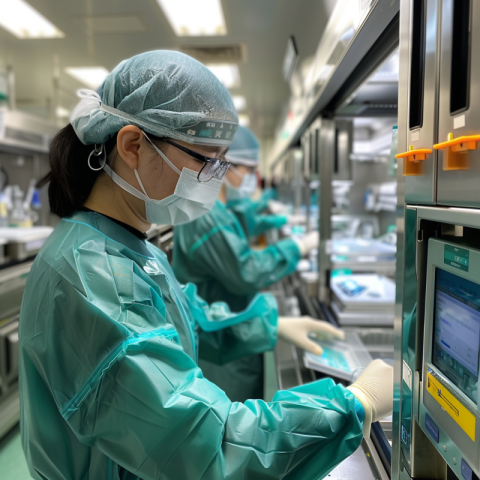
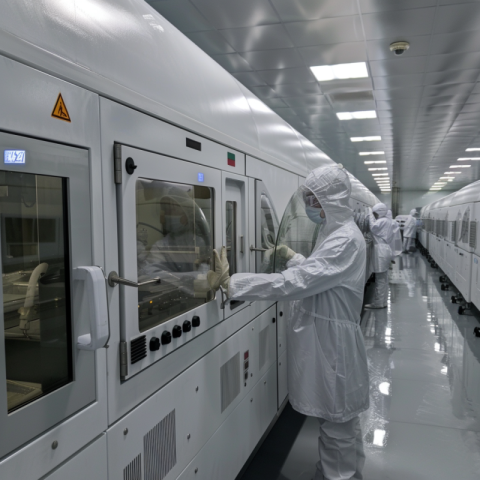
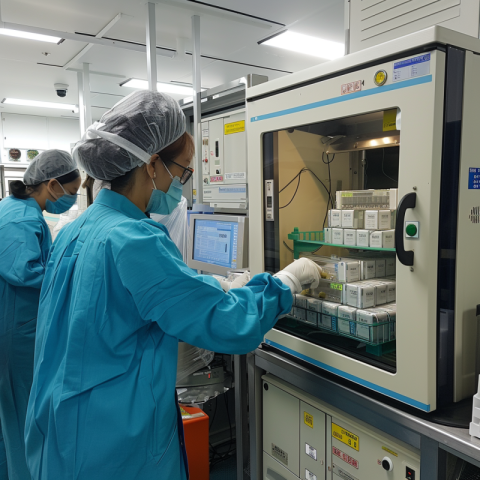






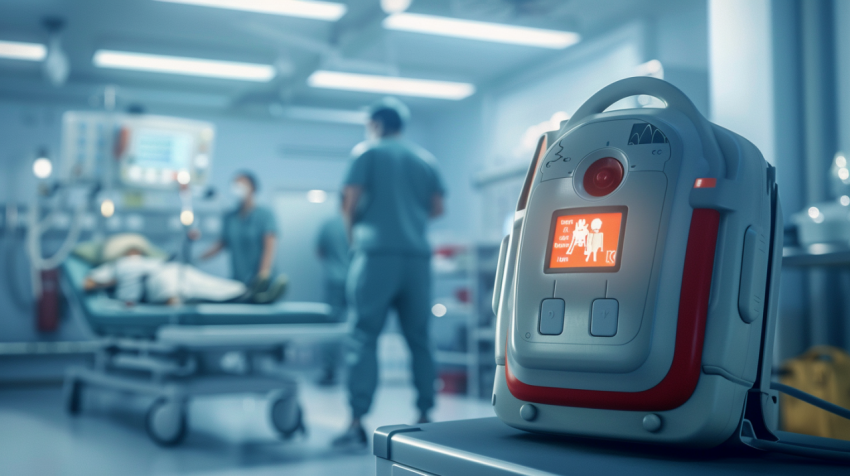
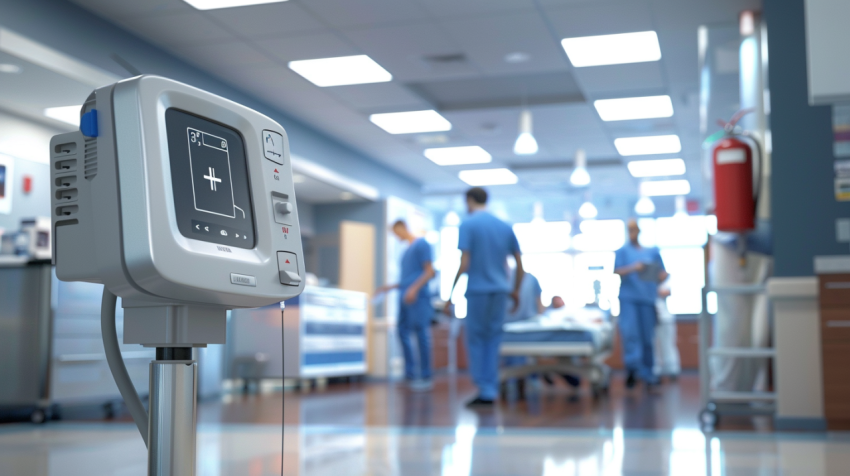

Surgery: Intervention and Innovation - A Journey Through Modern Medicine
Surgery, a branch of medicine that involves the use of operative manual and instrumental techniques on a patient to investigate or treat a pathological condition such as a disease or injury, to help improve bodily function or appearance, or to repair unwanted ruptured areas, is a cornerstone of modern medicine. From the earliest trepanations to today's minimally invasive procedures, surgery has undergone a remarkable evolution, driven by advancements in technology, scientific understanding, and surgical techniques. Surgery plays a crucial role in saving lives, alleviating suffering, and improving the quality of life for countless individuals.
1. The Early History of Surgery: From Ancient Times to the Antiseptic Era
The practice of surgery dates back to prehistoric times:
- Trepanation, the practice of drilling holes in the skull, is one of the oldest known surgical procedures, with evidence suggesting it was performed as far back as the Neolithic period. It may have been done for medical or spiritual reasons.
- Ancient civilizations, including the Egyptians, Greeks, and Romans, developed various surgical techniques and instruments.
- Hippocrates, the "father of medicine," described various surgical procedures in his writings.
- Sushruta, an ancient Indian physician, is considered one of the "founding fathers of surgery." His book, the Sushruta Samhita, describes over 300 surgical procedures.
- The Middle Ages saw limited advancements in surgery in Europe, with many surgical procedures being performed by barber-surgeons rather than trained physicians.
- The Renaissance brought a renewed interest in anatomy and a gradual improvement in surgical techniques.
- The 19th century witnessed major breakthroughs in surgery, including the development of anesthesia and antiseptic surgery.
- Anesthesia allowed for painless operations.
- Antiseptic surgery, pioneered by Joseph Lister, dramatically reduced the risk of infection.
2. Types of Surgery: A Diverse Range of Procedures
Surgery encompasses a vast array of procedures, which can be classified in various ways:
- By Urgency:
- Elective Surgery: Planned in advance and not immediately life-threatening.
- Urgent Surgery: Necessary within 24-48 hours to prevent significant morbidity or mortality.
- Emergency Surgery: Must be performed immediately to save a life or limb.
- By Purpose:
- Diagnostic Surgery: To determine the cause of a medical problem (e.g., biopsy).
- Curative Surgery: To remove or repair diseased or damaged tissue (e.g., appendectomy, tumor removal).
- Palliative Surgery: To relieve symptoms and improve quality of life, but not to cure the underlying disease (e.g., pain management procedures).
- Reconstructive Surgery: To restore form or function after injury or illness (e.g., skin grafts, breast reconstruction).
- Cosmetic Surgery: To enhance appearance (e.g., rhinoplasty, liposuction).
- Transplant Surgery: To replace a failing organ with a healthy one from a donor.
- By Body System:
- Cardiac Surgery: Surgery on the heart and major blood vessels.
- Neurosurgery: Surgery on the brain, spinal cord, and nervous system.
- Orthopedic Surgery: Surgery on the bones, joints, and musculoskeletal system.
- Gastrointestinal Surgery: Surgery on the digestive system.
- Thoracic Surgery: Surgery on the organs in the chest cavity, excluding the heart.
- Vascular Surgery: Surgery on the arteries and veins.
- By Invasiveness:
- Open Surgery: Traditional surgery involving a large incision to access the operative site.
- Minimally Invasive Surgery (MIS): Surgery performed through small incisions, often using specialized instruments and cameras (e.g., laparoscopic surgery, robotic surgery).
3. Surgical Techniques: From Scalpel to Robotics
Surgical techniques have evolved dramatically over time:
- Traditional Open Surgery: Involves making a large incision to directly access the area that needs to be operated on.
- Laparoscopic Surgery: A type of minimally invasive surgery where a laparoscope (a thin, telescope-like instrument with a camera) and other specialized instruments are inserted through small incisions. The surgeon views the operative site on a video monitor.
- Robotic Surgery: A type of minimally invasive surgery where the surgeon controls robotic arms from a console. The robotic arms hold and manipulate surgical instruments with greater precision and dexterity than is possible with traditional laparoscopic instruments.
- Microsurgery: Surgery performed under a microscope, often used for delicate procedures on small structures, such as nerves and blood vessels.
- Laser Surgery: Uses lasers to cut or destroy tissue.
- Endoscopic Surgery: Uses an endoscope, which is similar to a laparoscope but can be used in many different parts of the body.
4. Anesthesia: Making Surgery Painless
Anesthesia is essential for most surgical procedures, allowing patients to undergo surgery without pain or awareness:
- General Anesthesia: Induces a state of unconsciousness, so the patient is completely unaware during the procedure.
- Regional Anesthesia: Numbs a specific region of the body, such as an arm or a leg. Examples include spinal blocks and epidurals.
- Local Anesthesia: Numbs a small area of the body, such as the skin.
- Sedation: A state of reduced anxiety and awareness, often used in conjunction with local or regional anesthesia.
5. Surgical Teams: A Collaborative Effort
Surgery is a team effort, involving a variety of healthcare professionals:
- Surgeon: The physician who performs the surgical procedure.
- Anesthesiologist: The physician who administers anesthesia and monitors the patient's vital signs during surgery.
- Surgical Technologist: Assists the surgeon by preparing the operating room, sterilizing instruments, and passing instruments during the procedure.
6. Surgical Teams: A Collaborative Effort (Continued)
- Registered Nurse (RN): Provides care to patients before, during, and after surgery. Surgical or perioperative nurses have specialized training and play a crucial role in the operating room.
- Physician Assistant (PA): May assist the surgeon during the procedure and provide pre- and postoperative care.
- Perfusionist: Operates the heart-lung machine during cardiac surgery.
- Other Specialists: Depending on the type of surgery, other specialists may be involved, such as radiologists, pathologists, and physical therapists.
7. Surgical Instruments: Tools of the Trade
A vast array of instruments are used in surgery, each designed for a specific purpose:
- Scalpels: Used to make incisions.
- Forceps: Used to grasp and hold tissues.
- Retractors: Used to hold back tissues and organs to provide access to the operative site.
- Scissors: Used to cut tissues.
- Clamps: Used to control bleeding by temporarily closing off blood vessels.
- Sutures and Needles: Used to close incisions and repair tissues.
- Electrocautery: Uses an electric current to cut or coagulate tissue.
- Suction Devices: Used to remove fluids and debris from the operative site.
- Specialized Instruments: Each surgical specialty has its own set of specialized instruments, such as those used in orthopedic, neurological, or cardiac surgery.
8. The Operating Room: A Sterile Environment
The operating room (OR) is a specialized environment designed to minimize the risk of infection and ensure patient safety:
- Sterility: The OR is maintained as a sterile environment, meaning that it is free from microorganisms that can cause infection. Surgical instruments and supplies are sterilized using autoclaves or other methods.
- Airflow: The OR has a specialized ventilation system that filters the air and maintains positive pressure to prevent contaminated air from entering.
- Temperature and Humidity: The temperature and humidity in the OR are carefully controlled.
- Lighting: The OR is equipped with bright, adjustable lighting to provide optimal visibility for the surgical team.
- Equipment: The OR contains a wide range of equipment, including the operating table, anesthesia machine, monitoring devices, and surgical instruments.
9. Preoperative Care: Preparing for Surgery
Before surgery, patients undergo a preoperative evaluation to assess their health status and prepare them for the procedure:
- Medical History and Physical Examination: The surgeon and other members of the healthcare team will review the patient's medical history, perform a physical examination, and order any necessary tests.
- Laboratory Tests: Blood tests, urine tests, and other laboratory tests may be performed to assess the patient's overall health and identify any potential risks.
- Imaging Studies: X-rays, CT scans, MRI scans, or other imaging studies may be used to visualize the area to be operated on.
- Medications: Patients may need to adjust their medications before surgery, particularly blood thinners or other drugs that can affect bleeding or anesthesia.
- Fasting: Patients are typically instructed to fast for a certain period before surgery to reduce the risk of aspiration (inhaling stomach contents) during anesthesia.
- Informed Consent: The surgeon will explain the procedure, risks, benefits, and alternatives to the patient, and the patient will sign a consent form indicating that they understand and agree to the surgery.
10. Postoperative Care: Recovery and Rehabilitation
After surgery, patients receive postoperative care to monitor their recovery and manage any complications:
- Recovery Room: Patients are typically taken to a recovery room immediately after surgery, where they are closely monitored by nurses as they wake up from anesthesia.
- Pain Management: Pain medication is provided to manage postoperative pain.
- Wound Care: Incisions are kept clean and dressed to prevent infection.
- Monitoring Vital Signs: The patient's heart rate, blood pressure, breathing, and temperature are monitored regularly.
- Physical Therapy: Depending on the type of surgery, physical therapy may be started soon after the procedure to help patients regain strength, mobility, and function.
- Discharge Planning: Before leaving the hospital, patients are given instructions on how to care for themselves at home, including medication instructions, wound care, and activity restrictions.
11. Surgical Complications: Risks and Management
All surgical procedures carry some degree of risk, although major complications are relatively rare:
- Infection: One of the most common surgical complications, which can occur at the incision site or in other parts of the body.
- Bleeding: Excessive bleeding during or after surgery can be a serious complication.
- Blood Clots: Surgery can increase the risk of developing blood clots, which can be life-threatening if they travel to the lungs (pulmonary embolism) or brain (stroke).
- Anesthesia Complications: Although rare, complications related to anesthesia can occur, such as allergic reactions or breathing problems.
- Nerve Damage: Nerves can be damaged during surgery, leading to pain, numbness, or weakness.
- Organ Damage: Adjacent organs can be inadvertently injured during surgery.
- Adverse Reactions to Medications: Patients can experience side effects or allergic reactions to medications used during or after surgery.
12. Advances in Surgery: Technological Innovations
Surgery is a constantly evolving field, with ongoing advancements in technology and techniques:
- Minimally Invasive Surgery (MIS): MIS techniques, such as laparoscopy and robotic surgery, continue to advance, allowing for smaller incisions, less pain, faster recovery times, and reduced scarring.
- Robotic Surgery: The use of robotic surgical systems is expanding, offering enhanced precision, dexterity, and visualization for surgeons.
- Imaging Technologies: Advanced imaging techniques, such as intraoperative MRI and ultrasound, provide surgeons with real-time visualization during procedures.
- 3D Printing: 3D printing is being used to create patient-specific models for surgical planning and to develop customized implants and prosthetics.
- Tissue Engineering and Regenerative Medicine: These fields hold promise for developing new ways to repair or replace damaged tissues and organs.
- Artificial Intelligence (AI): AI is beginning to be used in surgery for tasks such as image analysis, surgical planning, and even robotic assistance.
13. The Future of Surgery
- Surgery is likely to become increasingly less invasive, more precise, and more personalized in the future.
- Technological advancements will continue to drive innovation in surgical techniques and instrumentation.
- The integration of robotics, AI, and other cutting-edge technologies will further transform the field of surgery.
- The focus on patient safety and outcomes will remain paramount.
Conclusion:
Surgery is a vital branch of medicine that has saved countless lives and improved the quality of life for millions of people. From its ancient origins to the sophisticated techniques of today, surgery has undergone a remarkable evolution, driven by human ingenuity, scientific discovery, and technological advancements. As we look to the future, surgery promises to become even more precise, less invasive, and more effective, offering new hope for patients facing a wide range of medical challenges. The ongoing development of new technologies and techniques ensures that surgery will continue to play a crucial role in advancing human health and well-being.
Surgery, surgeon, surgical procedures, types of surgery, general surgery, cardiac surgery, neurosurgery, orthopedic surgery, plastic surgery, cosmetic surgery, minimally invasive surgery, laparoscopic surgery, robotic surgery, anesthesia, operating room, surgical instruments, surgical team, preoperative care, postoperative care, surgical complications, surgical site infection, wound healing, recovery from surgery, history of surgery, advances in surgery, future of surgery, surgical technology, medical devices, surgical training, surgical residency, board certified surgeon, find a surgeon, surgery cost, health insurance.

